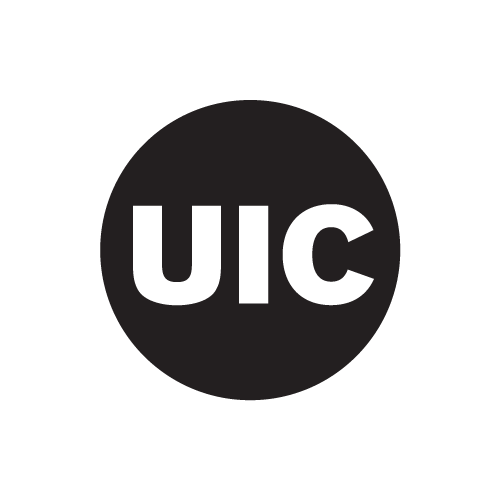Analysis and Applied Mathematics Seminar
Frederic Dias
University College Dublin
The HIGHWAVE project
Abstract: The HIGHWAVE project (2019-2025) is primarily on wave breaking. The major
novelty during the first half of the project has been the experimental
campaign with a smart boulder. The data, obtained by altering the breaking
position of a wave impacting a vertical cliff, have demonstrated the
influence of wave-impact mode (aerated, breaking or sloshing) on the
displacement of clifftop boulders. This experimental campaign has shown
the range of wave focusing positions most conducive to boulder movement
and the range of displacement values we may expect in laboratory
experiments. The absence of multiple repeated tests and the inability to
fully quantify scaling effects mean that future work will firstly seek
to reliably extrapolate these laboratory boulder displacement
measurements to the real-world scale by quantifying pressure scaling
errors using large scale tests, carrying out a larger number of repeated
tests, and obtaining frictional similarity between prototype and
laboratory scales. Additionally, a comparison between the importance of
the wave-breaking position with the significant wave height and peak
wave period should be carried out.
At the beginning of the project we have been going back and forth between
what one would like to measure to better understand wave breaking and what
can be realistically measured in a hostile environment. The real
potential impact of our results will be the degree to which they are able
to describe real oceanic free surface profiles in a sea state where
breaking occurs. However, although we have been able to access a range
of data sets from wave buoys, ADCPs, radars, stereo vision, we have been
surprised to note the lack of reliability of measurements of breaking
wave events recorded in a given measurement time series or image as
measurements hit technical recording limits or generate artifacts in the
data. Indeed, we have come to realize that both the quality of the data
and the sophistication of data analysis of existing wave measurements
from sensors are based on decades-old technologies and methodologies and
are unsatisfactory for the detailed study of breaking waves.
Several theoretical results have been obtained as well: they range from
new limiting configurations for surface waves to new links between
superharmonic instability and wave breaking. Interesting results on wave
forecasting and on the effect of rain on waves will also be presented.
Acknowledgements: This work is funded by the European Research Council
(ERC) under the EU Horizon 2020 research and innovation programme (grant
agreement no. 833125-HIGHWAVE).
Monday October 2, 2023 at 4:00 PM in 636 SEO

